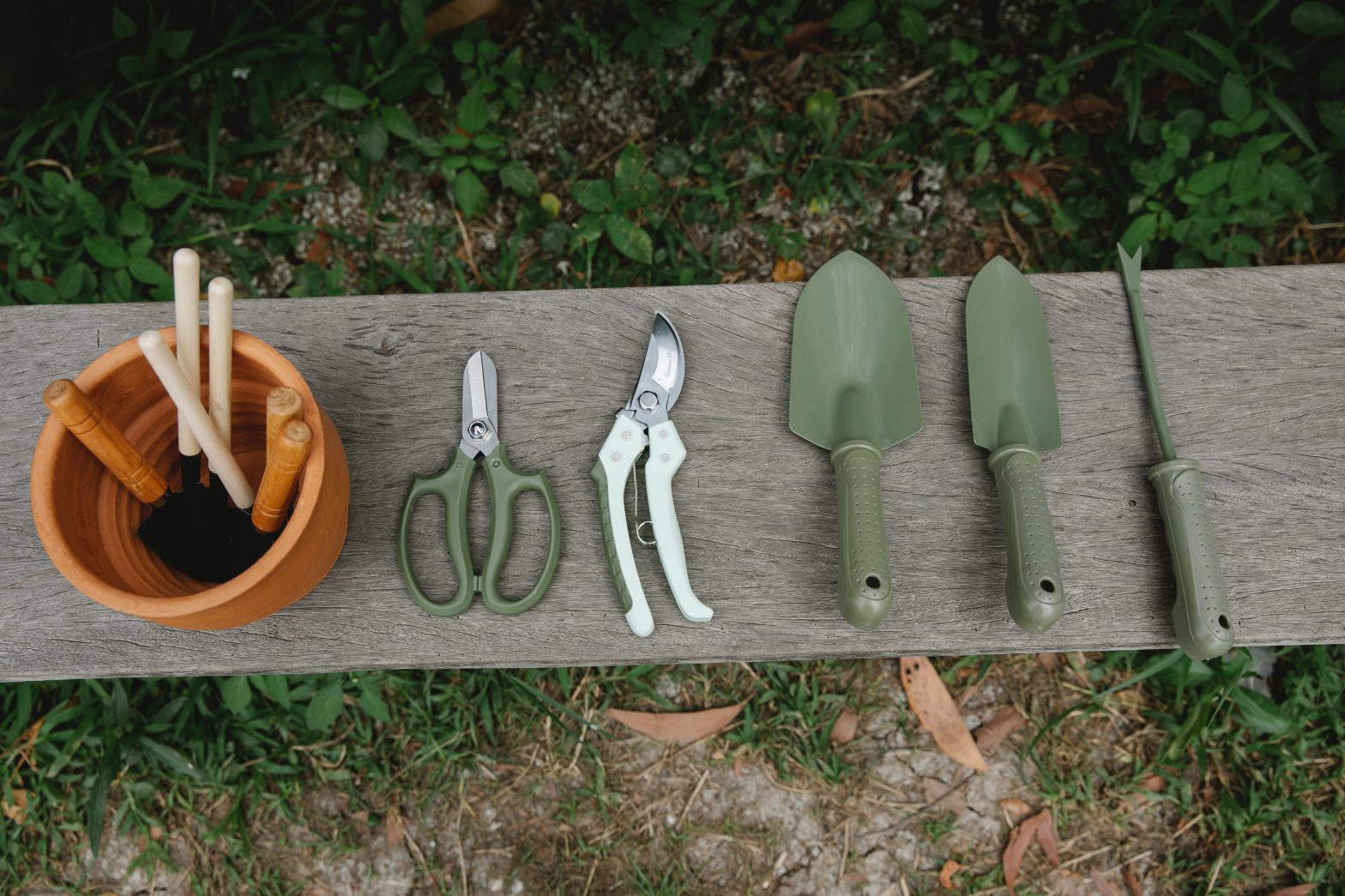- Many perennials are better left standing over the winter than cutting them down. There are several reasons for this. In addition to many of the perennials having attractive foliage and/or seed heads, they offer food resources for birds. Many birds find the seeds of perennials particularly tasty. The stems of perennials also offer a place for some birds to shelter during the winter.
- With some marginally hardy perennials, leaving the stems up for the winter aids in overwintering. The foliage helps to insulate the crowns. Mums seem to benefit a great deal from this practice. Another reason to leave stems stand is that if the perennial is a late riser in the spring, the stems will help to mark the spot and prevent any accidental digging in the area that might harm the underground portions of the plant.
- Cutting back perennials in the fall may be something you would want to do especially if you were bothered by foliage diseases. Removing the old foliage would be a positive in this case as it helps to reduce the amount of inoculum present to re-infest next year’s foliage.
- Removing foliage can also be one of pure aesthetics. Some gardeners like to see standing perennials in the winter and others do not.
- When perennials are cut down, do so after they have gone dormant. This is usually after the plants have experienced several hard frosts. Cut the plants down to within 3-4 inches of the crown. Cutting too close can result in winter injury on some perennials due to the fact that the buds for next year’s growth are right at the surface or higher and not below the soil line.
- Most perennials simply need a good layer of mulch applied late in the fall. The purpose of mulching in this case is to protect the crowns of the plants from the alternate freezing and thawing that occurs very late in fall and in early spring. It is important that the ground be allowed to get cold before mulching, so wait until early to mid-November before covering the plants. Ideally an inch or two of frost in the ground is best. Likewise in the early spring, be sure to clear the mulch from the crowns to prevent rot.
- Some gardeners leave mulches in the beds, just pulling them back away from the crown of the plants. This adds organic matter and helps suppress weeds.

